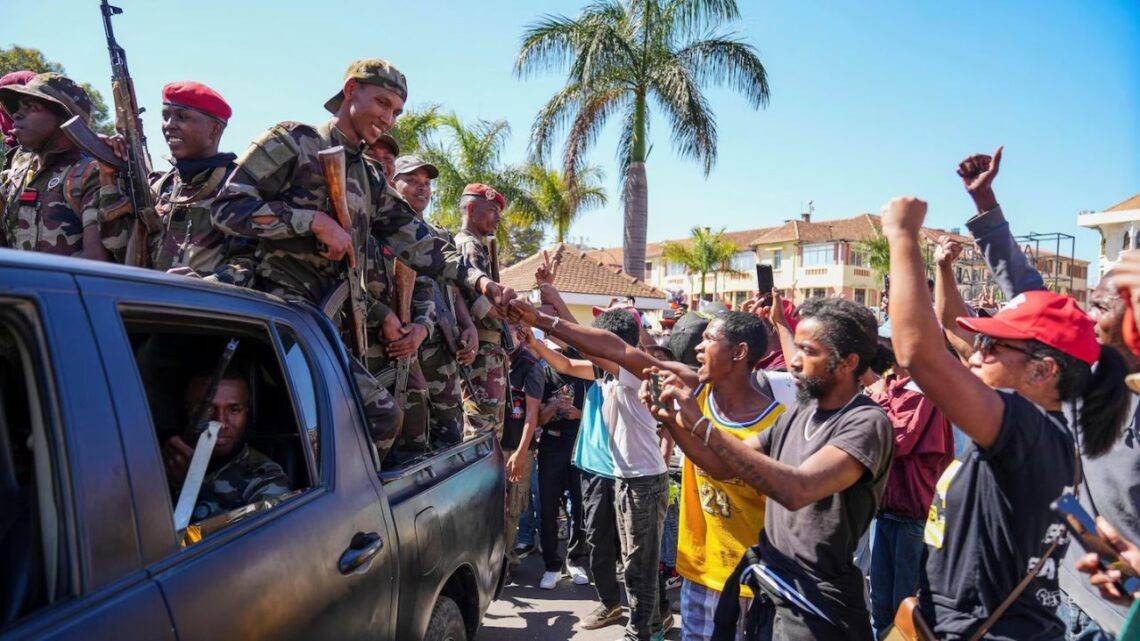Peru has been engulfed by dramatic violence after protests in Lima exploded into clashes, leaving one protester dead and over 100 people injured, including law enforcement, journalists, and bystanders.
The demonstrations were ignited by widespread anger over deep-seated corruption, surging violent crime, and the abrupt ouster of President Dina Boluarte.
In her place, José Jerí was swiftly installed—making him the seventh president in about a decade—fanning the flames of public outrage.
The fatality has been identified as Eduardo Mauricio Ruiz (32), a hip-hop artist shot amid protests near the Congress building.
Authorities have launched a human rights inquiry, especially after reports emerged suggesting an undercover officer may have been involved in the death.
President Jerí has strongly condemned the violence, vowed a full investigation, and rejected calls for his resignation.
Underlying Causes
At the heart of the unrest is deep frustration with a political class seen as complicit in graft and weak in confronting organized crime.
Protesters—many young, many from urban neighborhoods and transport unions—say that laws passed in Congress favor powerful criminal networks rather than ordinary citizens.
The anger is compounded by Peru’s crime crisis: homicide rates spiked dramatically in 2024, and in early 2025 the trend remained bleak.
Public trust in political institutions is nearly nonexistent. Congress’s approval is reportedly hovering in the single digits, fueling demands for sweeping reforms, term limits, and an acceleration of electoral schedules.
Key Facts & Figures
| Item | Latest Detail | Significance |
|---|---|---|
| Fatality | Eduardo M. Ruiz (32) killed during the protest | Raises immediate demands for accountability and justice |
| Injuries | 100+ injured (police, journalists, protesters included) | Reflects scale and intensity of clashes |
| New President | José Jerí assumed office after Boluarte’s removal | Symbol of political fragility—7 presidents in ~10 years |
| Corruption Climate | Boluarte’s administration was dogged by scandal | Reinforces public view of elite impunity |
| Crime Surge | Murders rose sharply in 2024; 2025 saw continued high levels | Crime is as triggering as politics for the populace |
| Institutional Trust | Congress approval in single digits | Signals legitimacy crisis; public demands overhaul |
Government Response
President Jerí, in his first address, blamed “violent infiltrators” for derailing peaceful protest, and vowed prosecutions.
He denied plans to cede power, asserting he would stay to guide Peru through the crisis. Security forces deployed tear gas, stun grenades, and riot control units in attempts to clear major protest zones.
Human rights organizations, however, cautioned that a heavy-handed approach risks further escalation.
They insist authorities must distinguish between violent actors and peaceful demonstrators, uphold press freedom, and avoid blanket repression.
Risks Ahead
Peru is approaching national elections in 2026, but many analysts believe the country cannot wait. Protesters are demanding an accelerated electoral plan, a truly independent anti-corruption commission, and a robust police accountability system.
Without those, Peru risks repeated cycles of protest, violent crackdowns, and deeper institutional delegitimization.
Young people—especially those mobilizing via social media—see this moment as pivotal. If their demands are ignored, the cracks in Peru’s democracy could widen beyond repair.
Historical Context
This eruption is not isolated. The current crisis is rooted in years of instability: recent governments have crumbled under corruption scandals, budget standoffs, and massive protests.
In 2022, mass unrest followed the removal of President Pedro Castillo, resulting in dozens of civilian deaths—a memory that still fuels today’s protests.
Meanwhile, scandal after scandal—especially involving high officials, luxury gifts, and secret deals—continues to erode confidence. For many Peruvians, democracy now feels like a façade.
Peru now stands at a precarious crossroads. A generation disillusioned by corruption, terrorized by violent crime, and turned off by hollow institutions is demanding real, structural reform.
Unless the government delivers transparent investigations, police and institutional reform, and a credible electoral schedule, the country risks perpetual cycles of unrest—and deeper moral crisis.
The next months may determine whether Peru charts a new, resilient democratic path or slips further into fragmentation and institutional collapse.
